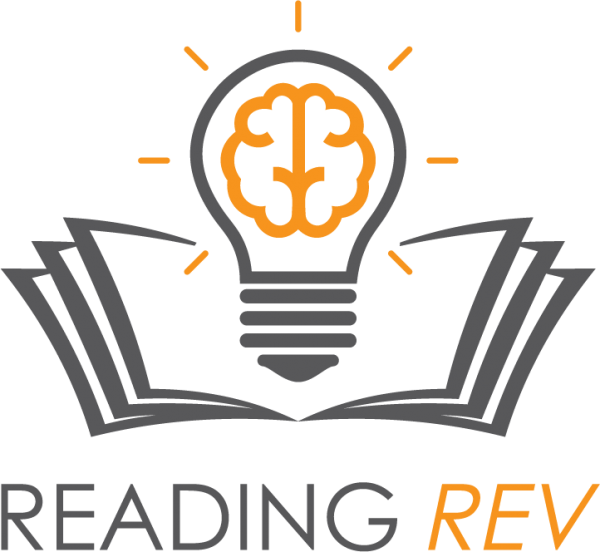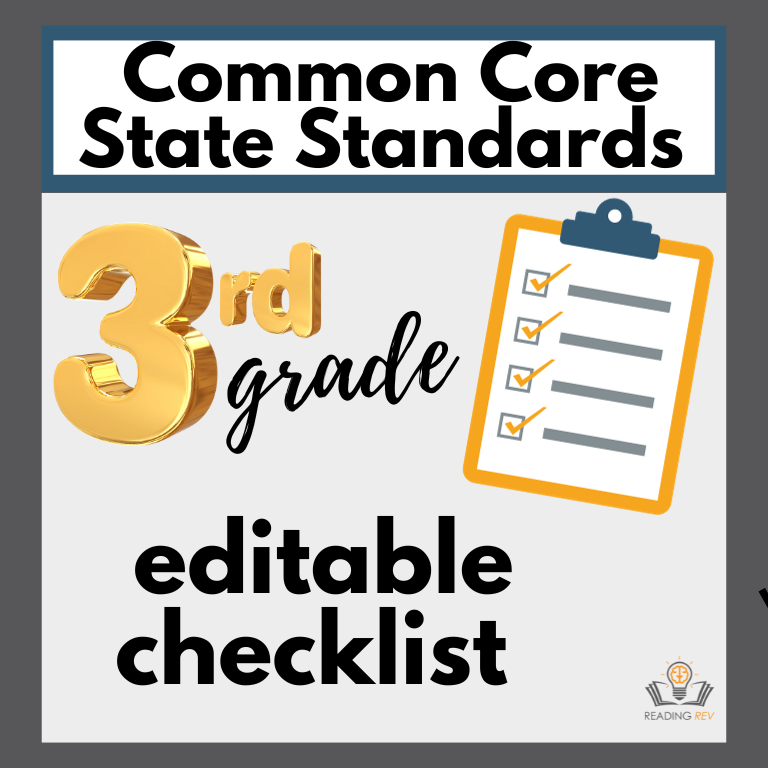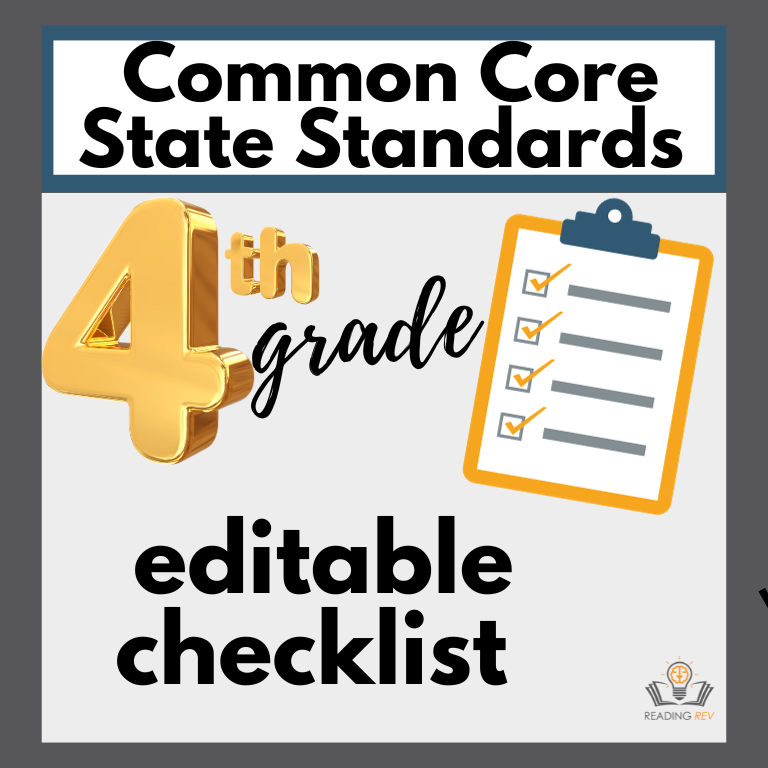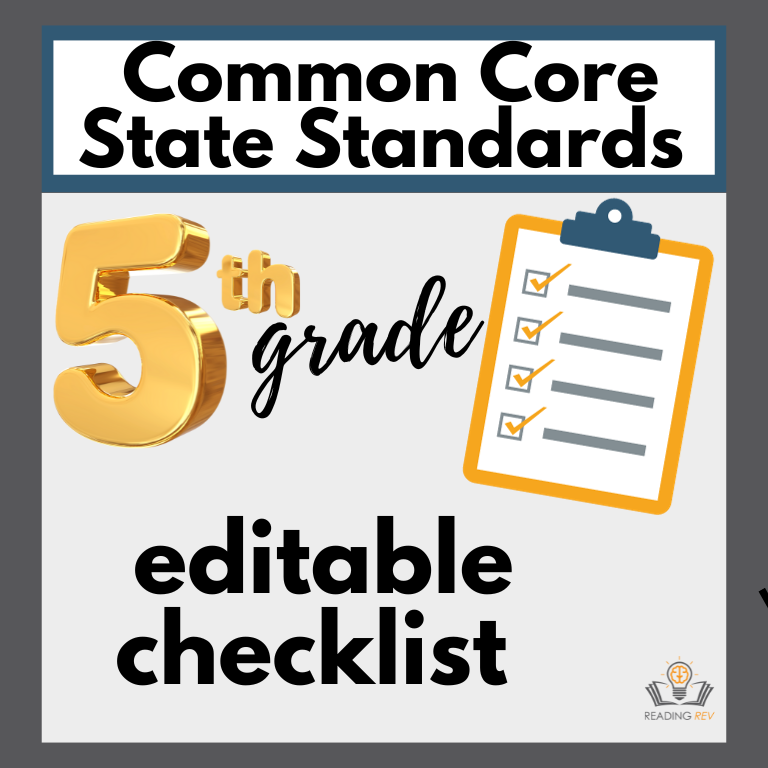Standard-Based Lesson Planning… Simplified
Confessions of a 20+ Year Teacher
True Confession: I didn’t learn what I really needed to know about standard-based lesson planning in college or my teacher-prep program.
True Confession: I wasn’t really sure that I’d taught all the grade-specific standards my students needed by the end of the year.
True Confession: In the beginning, my team would write a lesson plan and then find the standards that seemed to apply. It was guess work at best.
Does this sound familiar to you? If you’re in the same boat I was in, this is for you!
You can also watch the vlog version here. Let’s get started.
Step 1: Understand the Standards
Teachers need to KNOW and really UNDERSTAND their state and/or the Common Core State Standards (CCSS). These are the minimum proficiencies that your students need to master by the end of the year. That end goal should drive your planning and instruction!
These two, short videos are useful in understanding the importance of standards and how to unpack them.
Step 2: Backward Planning
Begin designing a lesson by having a very clear idea of what standard(s) need to be taught. Define specific student learning objectives for your lesson from the 1-3 standards you choose. This is often called “unpacking a standard.” Ensure that each objective is measurable and achievable.
Often students need more than one exposure to a learning object to achieve mastery. Working on a standard for an entire unit, not just a lesson, ensures enough practice. Incorporate previously taught skills and objectives for review when possible.
Step 3: Choose Real Content
Hopefully you have a curriculum that has rich, authentic, knowledge-building content embedded. If not, this cannot be underestimated. Children need to know real history, science, and literature. Skill-based standards can and should be taught along-side knowledge-building content! We talked about the importance of knowledge-building here.
Step 4: Design Engaging Activities
Develop interactive and engaging activities that promote active participation and critical thinking among students. Incorporate group discussions, hands-on experiments, problem-solving tasks, and creative projects to encourage collaboration and enhance learning outcomes. Just make sure that the activities you choose are purposeful and relevant in meeting your objectives. Cut the fluff.
Step 5: Integrate Differentiated Instruction
Tailor your lesson plan to accommodate the diverse learning needs and abilities of your students. Implement differentiated instruction strategies such as tiered assignments, flexible grouping, and personalized learning approaches to address individual needs. There is a way to teach grade level standards while meeting individual student needs. When a group of students are struggling to achieve a grade-level standard, look at the previous grade level’s standard of that same strand. Keep drilling down to find the previous skills that build up to grade level expectations. Systematically remediate those skills as quickly as possible. This can also be done with both foundational and comprehension skills. Look at the reading components’ scope and sequence and find a student’s lowest area of need.
Step 6: Assess Student Progress
Integrate formative and summative assessments into your lesson plan to evaluate student understanding and progress. Utilize various assessment tools such as informal check-ins, the feed-back loop, quizzes, conversations, projects, and observations to measure student performance against the set learning objectives and standards.
One helpful practice is to keep track of the standards you are teaching in a Google Doc. Under each standard, add the lesson that meets that standard in a different color. Add notes about student achievement and check it off. This is vital for year-long planning and ensures that all standards are taught by the end of the year. This living document can be reused each year. You can access our editable Google Docs for 3rd, 4th, and 5th grade CCSS in the Reading Rev VIP site.
Want to see this process in action? Watch a standards-based lesson plan modeled here.
I’d love you to share your standards-based lesson planning hacks with me! Send an email to bri@readingrev.com
Hope to see you inside the VIP site!
~Bri









